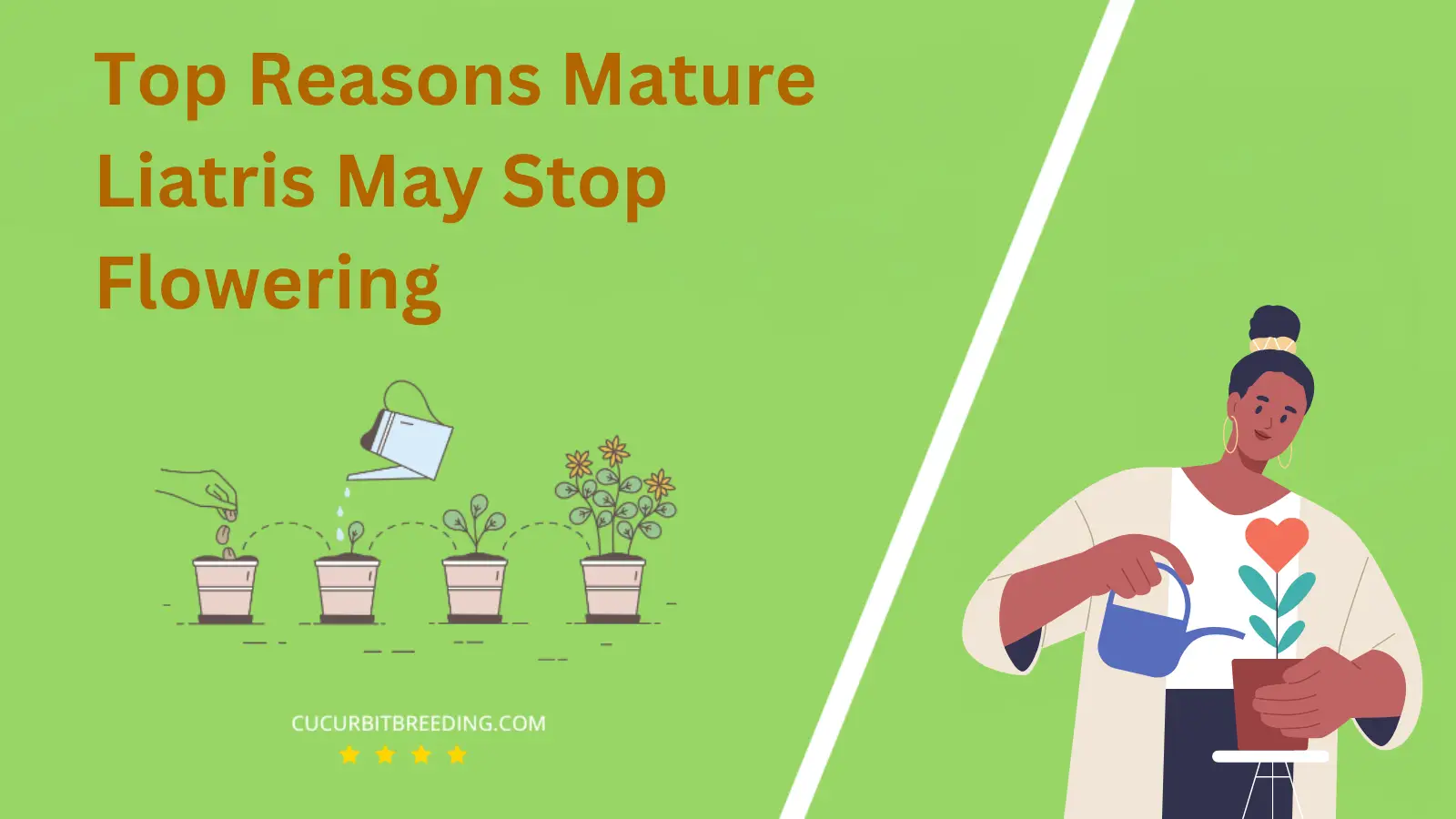
Are you entranced by the beauty of Liatris but curious to know, ‘When do Liatris bloom?’ Stick around as we unveil the secret behind these captivating perennial plants. They are renowned for their tall spikes of purple flowers, loved by gardeners for their unique aesthetic and resilience.
Understanding their blooming cycle can help you maximize their impact in your garden. Prepare to dive into the fascinating world of Liatris and their blooming patterns!
When Do Liatris Bloom?
Liatris, also known as Blazing Star or Gayfeather, typically blooms from late summer to early fall, usually around July to September in most climates. It is during this period that their distinctive purple, rose or white flower spikes are on full display.
| Stage | Description |
|---|---|
| Germination | Spring (March-May) |
| Growth | Summer (June-August) |
| Blooming | Summer (July-September) |
| Dormancy | Winter (December-February) |
How Long Do Liatris Bloom?
Liatris, also known as blazing star or gayfeather, typically blooms from late summer to fall. Specifically, they often begin their blooming period in July or August and can continue until September or October. However, this can vary depending on the region and specific growing conditions. The individual flowers on the spike bloom from top to bottom, contrary to many other plants, and each bloom can last a few weeks.
How Light Affects Liatris Blooms?
Light greatly impacts the growth and blooming of Liatris. This flowering plant thrives best in areas receiving full sunlight – at least six to eight hours of direct sun per day. Bright light encourages more vigorous growth and stimulates the production of vibrant, hefty flower spikes. If Liatris is grown in too much shade, it might not bloom at all, or the blooms might be sparse and weak.
Sufficient light also helps to maintain the plant’s upright form. Without enough light, Liatris can become leggy as it stretches toward the light. So, for the optimal growth and blooming of Liatris plants, plentiful sunlight is necessary.
Will Liatris Bloom the First Year You Plant Them?
Liatris, also known as Blazing Star or Gayfeather, typically does not bloom in its first year of planting. They require a period of vernalization, a process where the plant undergoes a period of low winter-like temperatures to initiate the flowering process. Therefore, most Liatris plants will bloom in their second year after planting.
Will Liatris Bloom Every Year?
Yes, Liatris, also known as Blazing Star or Gayfeather, is a perennial plant and will bloom every year. It typically blooms from late summer to fall, adding a splash of purple to your garden. The plant is known for its hardiness and ability to thrive in a variety of conditions, making it a reliable choice for many gardeners.

Should I Deadhead Liatris Blooms?
Yes, you should deadhead Liatris blooms. Deadheading, or removing spent flowers, encourages the plant to produce more blooms and can extend the flowering season. For Liatris, it’s best to deadhead from the top down as the flowers fade. This not only ensures the plant’s energy is directed towards new growth, but also maintains the garden’s aesthetic appeal.
Top Reasons Mature Liatris May Stop Flowering

Mature Liatris may stop flowering due to several reasons. Insufficient sunlight is a common reason as Liatris need full sun to bloom. Inadequate water can also affect flowering; while Liatris are drought-tolerant, they need regular watering during the growth and bloom periods.
Poor soil conditions may also affect blooming; Liatris prefer well-drained soil enriched with organic matter. A lack of necessary nutrients, particularly phosphorus which promotes blooming, can also hinder flowering. Overcrowding can cause stress to the plants, limiting their ability to bloom, so adequate spacing is essential.
Lastly, age can be a factor. As Liatris plants age, their flowering may decrease. Regular division every few years can help maintain vigorous growth and abundant flowering.